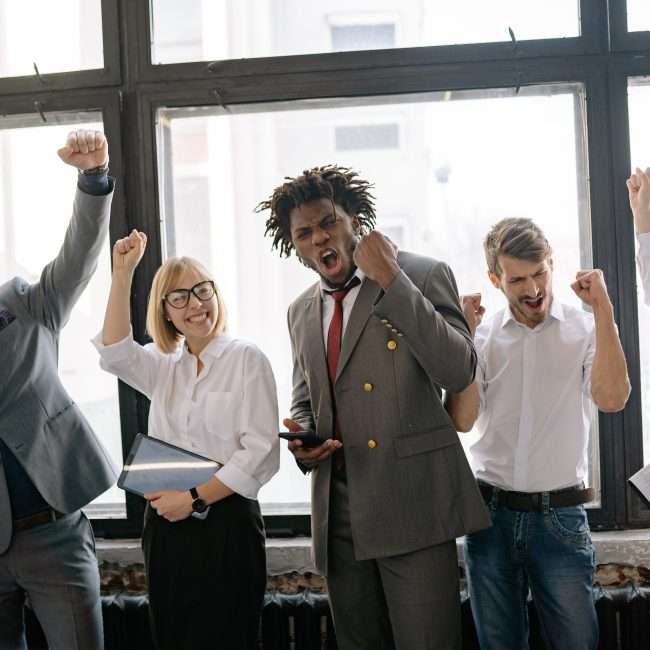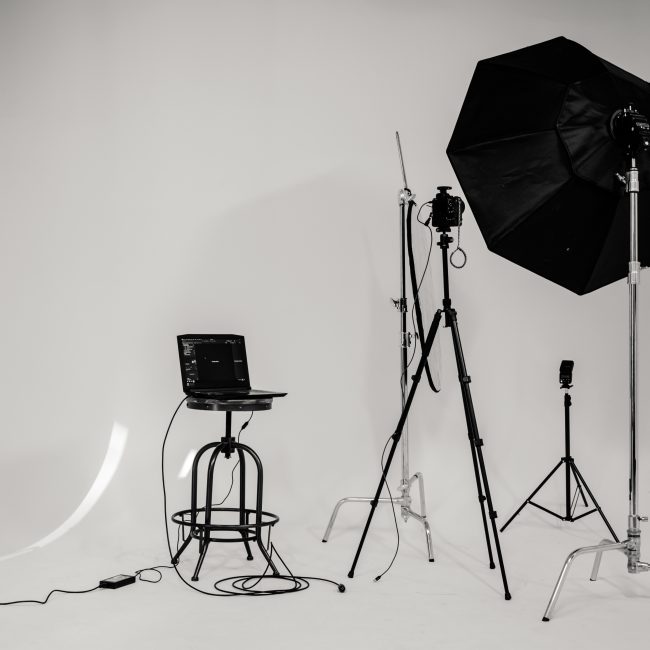Portrait photography

Portrait photography, or portraiture, is a type of Photography to capture the personality of a person or group of people using active light, background, and position. Usually, portraits are provided for special occasions, such as weddings, school events, or commercial purposes. Taking pictures that are long, or vertical, is a type of photograph intended to capture the personality of a person or group of people using active light, background, and location. Usually, ready-made images are made for special occasions, such as weddings, school events, or commercial purposes.
Portraits can be described in simple terms as a picture of a person or a group of people. But that does not mean that all pictures of people should be taken as pictures. The actual painting also reflects the personality of the subject. Tells a story about their place, their occupation, their culture, or how they feel about a particular place and place. The picture is about the person or people in the picture and anything else in the frame is there to help tell their story
Examples of portrait photography:
- Engagement and wedding;
- High school and senior portraits;
- Maternity and baby portraits;
- Professional headshots;
- Family portraits;
- Celebrity and Fashion;
- Artistic expression;
- Boudoir;
- Pet portraits.
What Are 3 Types Of Portrait Photography?
- The Standard Posed Portrait. In this subtype of portrait photography, the subject is aware of the camera and usually maintains eye contact with the camera lens.
- Candid or Anonymous Portraits.
- Creative or Conceptual Portraits.
How do you take portrait photos?
Below are a few photography techniques you can use to enhance your shots and turn your good portraits into great portraits:
- Diffuse your light source.
- Use a longer lens.
- Find a different position.
- Bring your own lighting.
- Alter the aperture.
- Try props.
- Use gels. .
- Finish with editing and post-processing.
What makes good portrait photography?
In conclusion, there are 5 key elements that make up a good image: Location, light, composition, emotions and technical settings. When all these 5 elements are used properly, a very good picture is created. If any of these features are shortened, the image quality will deteriorate
Best location for portrait photography-
Standing photos can be taken anywhere – outside, inside the building, or in the studio. There is no better place than another, the key is to match the place with your title so that you can better tell their story.
Outside: locations may vary from country park to city street; urban in all-natural.
Inside: Pictures of indoors can be shot in the workplace, at home, or anywhere between the four walls.
Studio: Many tall photos are taken in studios with complete lighting, background, and resources
Best lighting for portrait photograph
Again, the best brightness of your photo depends on the subject of your photo. You may choose a soft, natural light that is bright and airy or your theme may need darker and more flexible or brighter light that can be better found in the house or studio area. When it comes to lighting up your photo-taking theme, there is no shortage of options. Some of the most popular ways to brighten your topic include:
Flash: Use the outdoor camera flash or strobe lights to fill in the existing black spaces in ambient light.
Reflectors: The display can redirect light or natural light into or off your subject.
Diffusers: When using a flash, use a diffuser to soften the light to make it look more natural.
Conclusion-
Portrait photography is not simply a pretty photograph of a person — it’s so much more than that. The purpose of this genre of photography is to draw the viewer in. To bring out the personality of their subject. To tell their story. A successful portrait photo will leave the viewer with a feeling that they know more about the subject in the photo than they did before they saw it. Consider this next time you photograph any person. What will you do to help their personality shine? This is not only done with a camera and lens, but also by using those tools to capture the expressions, body language, and essence of your subject.





Mark
Thanks for your blog, nice to read. Do not stop.
Vamiq
Sure! Thanks for appreciation
fitspresso side effects
Your blog has helped me through some tough times and I am so grateful for your wise words and positive outlook
Vamiq
We are glad that our blog helped you. Thanks for your words that will keep us motivated for writing more blogs in future.
qweqttt
I do not even know how I ended up here but I thought this post was great I do not know who you are but certainly youre going to a famous blogger if you are not already Cheers
Vamiq
Thanks for appreciating, it is a really good gesture for me…
cerebrozen
I genuinely relished what you’ve produced here. The outline is elegant, your written content trendy, yet you appear to have obtained some anxiety regarding what you wish to deliver thereafter. Assuredly, I will return more frequently, akin to I have almost constantly, provided you maintain this incline.
Vamiq
Sure!
zencortex reviews
This website has quickly become my go-to source for [topic]. The content is consistently top-notch, covering diverse angles with clarity and expertise. I’m constantly recommending it to colleagues and friends. Keep inspiring us!
Vamiq
Thank you for recommending our stuff to others. It means a lot to us!
ZenCortex tinnitus
Stumbling upon this website was such a delightful find. The layout is clean and inviting, making it a pleasure to explore the terrific content. I’m incredibly impressed by the level of effort and passion that clearly goes into maintaining such a valuable online space.
Vamiq
Thanks for appreciating our efforts!
Vitazen Keto Price
Vitazen Keto You’re so awesome! I don’t believe I have read a single thing like that before. So great to find someone with some original thoughts on this topic. Really.. thank you for starting this up. This website is something that is needed on the internet, someone with a little originality!
techyin
Somebody essentially lend a hand to make significantly posts I might state That is the very first time I frequented your web page and up to now I surprised with the research you made to create this particular put up amazing Excellent job
trendaddictor
I was recommended this website by my cousin I am not sure whether this post is written by him as nobody else know such detailed about my trouble You are amazing Thanks
Vamiq
We are glad you liked our post
temporary email
I do not even understand how I ended up here, but I assumed this publish used to be great
temporary mail
I appreciate you sharing this blog post. Thanks Again. Cool.
temporary email
I just like the helpful information you provide in your articles
temporary email gen
Hi there to all, for the reason
iptvuk
What i do not realize is in fact how you are no longer actually much more wellfavored than you might be right now Youre very intelligent You recognize thus considerably in relation to this topic made me in my view believe it from numerous numerous angles Its like men and women are not fascinated until it is one thing to do with Lady gaga Your own stuffs excellent All the time handle it up
Vamiq
Thanks for your valuable words
Clochant
Clochant Hi there to all, for the reason that I am genuinely keen of reading this website’s post to be updated on a regular basis. It carries pleasant stuff.
Vamiq
Your words give us a motivation to keep posting. Thanks for your words
firestickdownloader
I have read some excellent stuff here Definitely value bookmarking for revisiting I wonder how much effort you put to make the sort of excellent informative website
Vamiq
Thanks
temp email
“Great content, learned a lot from this post!”
Vamiq
Happy to hear that
Smartcric
Smartcric This was beautiful Admin. Thank you for your reflections.
Vamiq
Thanks for appreciating
HealXO
Thank you for the good writeup It in fact was a amusement account it Look advanced to far added agreeable from you However how could we communicate
Vamiq
Thanks for appreciating the writeup, you can ping us on the email address provided or mail us at pawstrend@gmail.com
Instagram bio for musicians
“This is exactly what I was looking for, thank you!”
Vamiq
Glad you liked it
Instagram Bio for Girls
“This is exactly what I was looking for, thank you!”
Vamiq
Thanks for your appreciating…
tempmail
“Thanks for sharing such valuable information!”
Vamiq
Thanks for your feedback and we are glad you liked our writeups!
fancy fonts generator
“Thanks for sharing such valuable information!”
Vamiq
We are happy that you found it valuable!
instafonts
“I agree with your points, very insightful!”
Vamiq
Thanks
aqua sculpt supplement
Your writing is so eloquent and engaging You have a gift for connecting with your readers and making us feel understood
Vamiq
We are glad you liked it